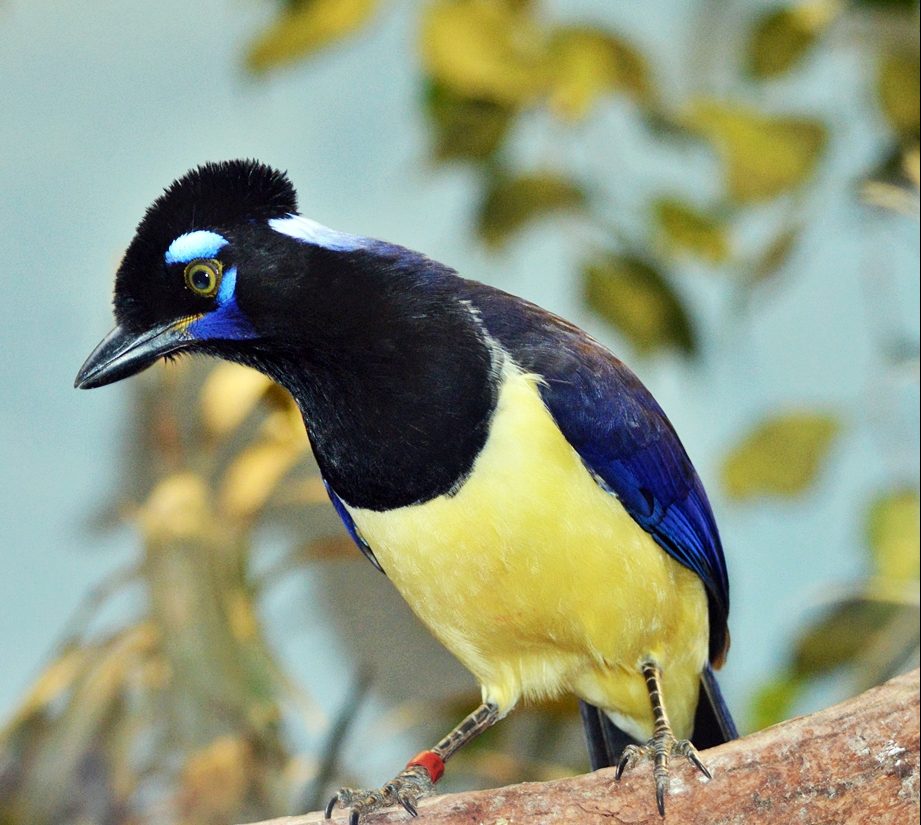
The handsome Plush-crested Jay inhabits forests, open woodlands, and forest edges, as well as scrublands and fruit groves of south-central South America. This species is omnivorous, mostly eating small invertebrates…
Read More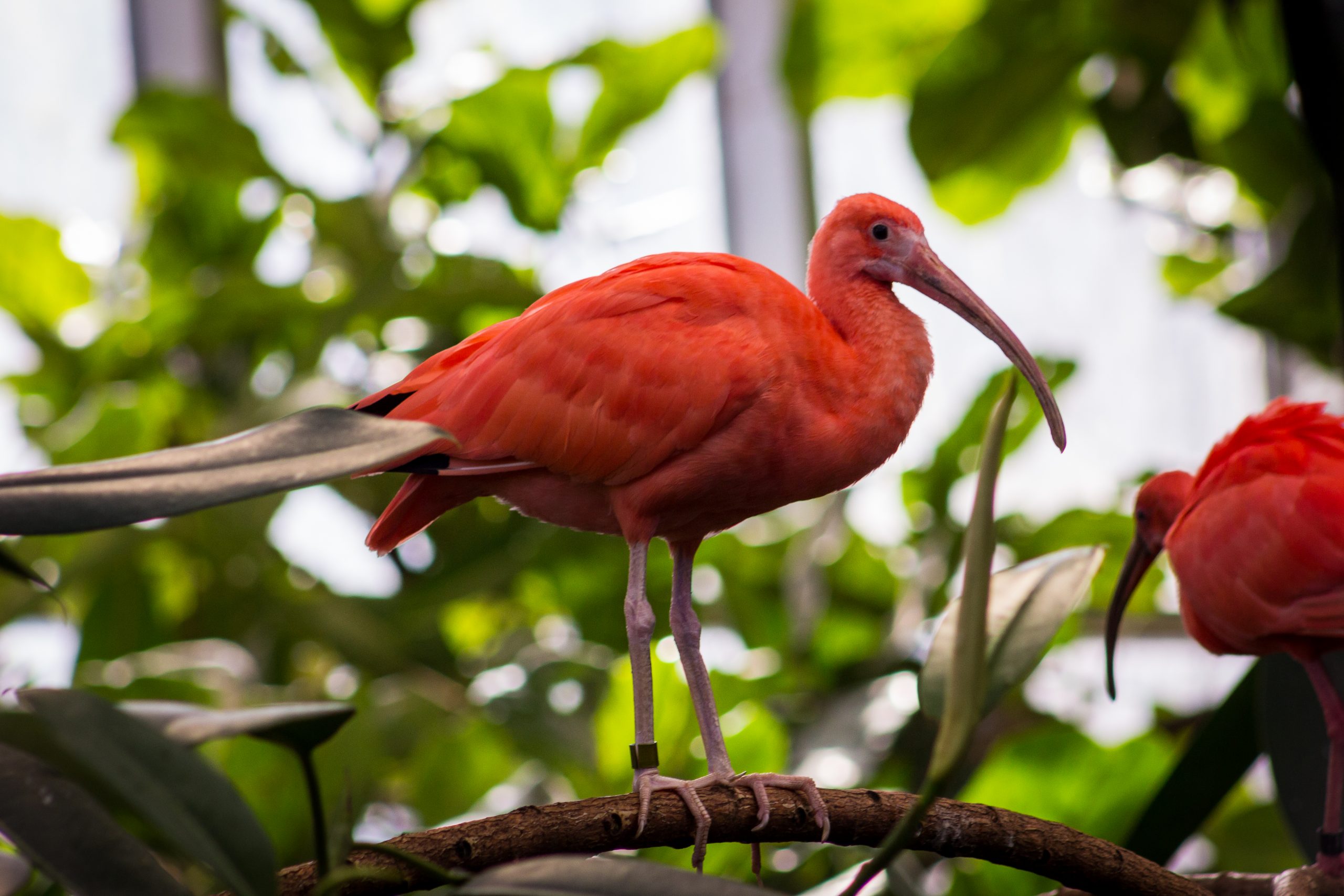
Scarlet Ibis are beautiful birds noted for the vibrancy of their namesake scarlet feathers. These bright birds are found in mangrove swamps and wetlands of northern South America, feeding on…
Read More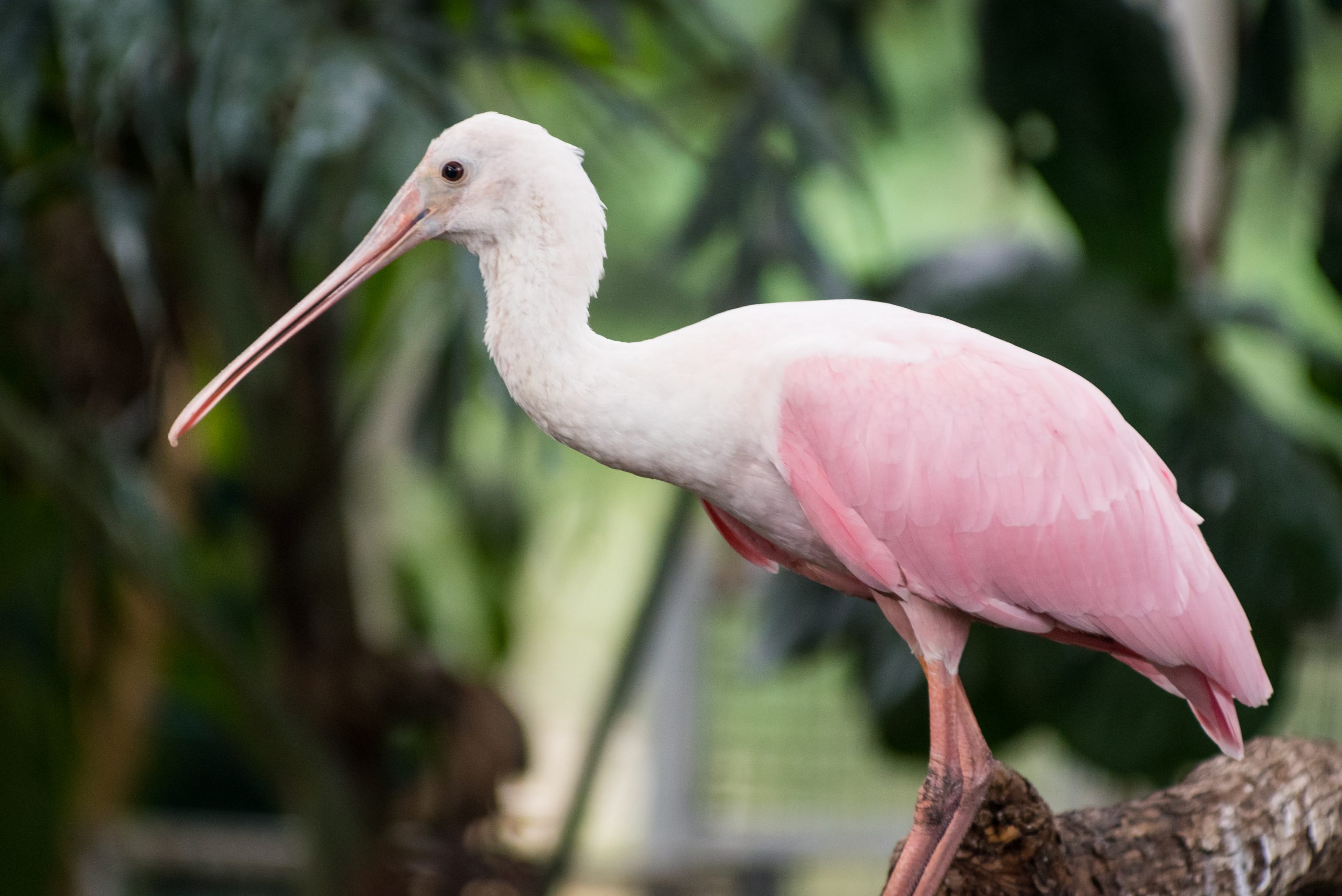
Roseate Spoonbills are distinctive birds with pink plumage with a uniquely shaped bill that gives them their name. Their long, flat bill is rounded at the end like a spoon,…
Read More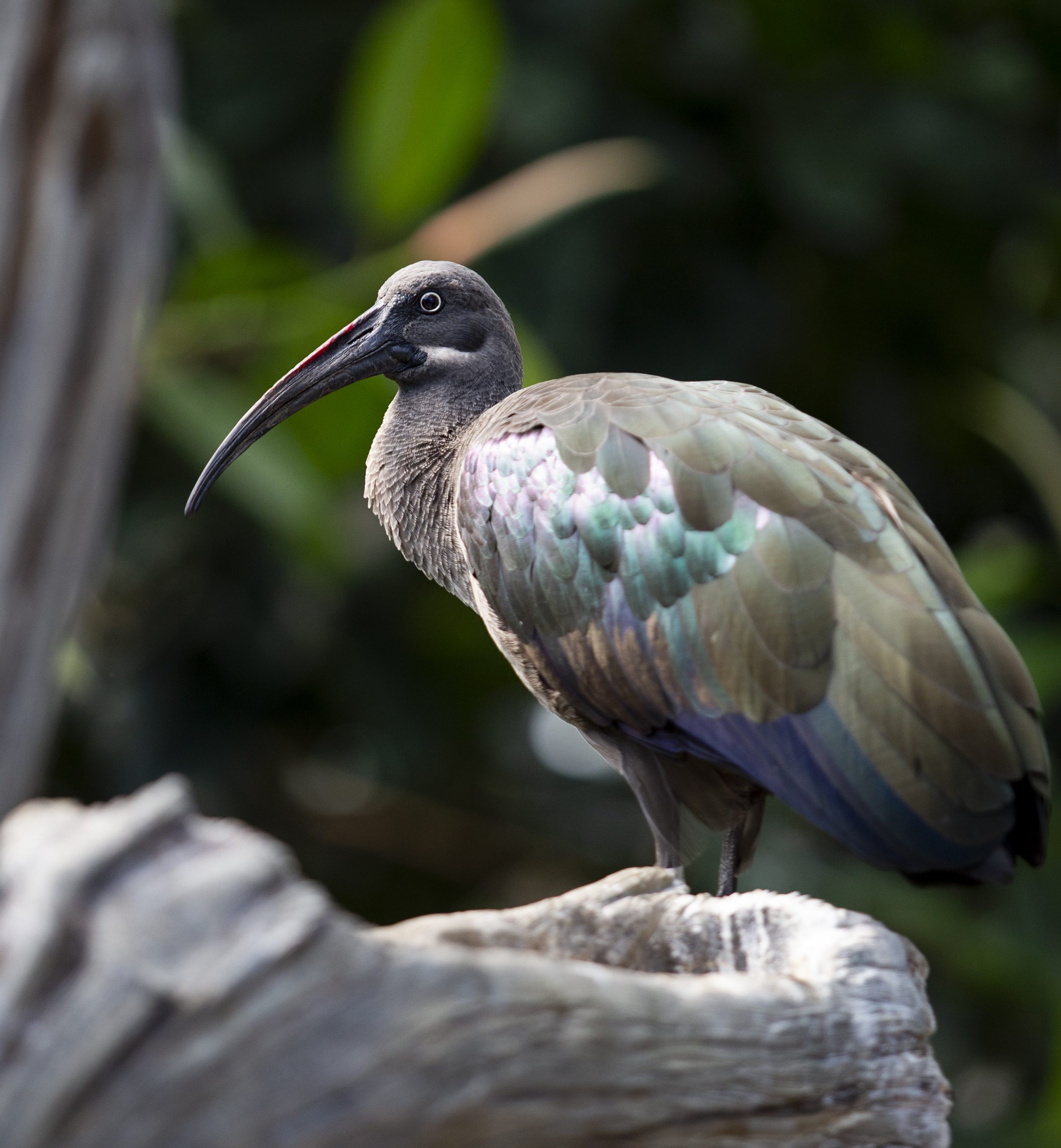
The shimmery feathers of the Hadada Ibis isn’t the only attention-grabbing feature of this bird: its loud call can be heard echoing through the Wetlands! Hadada Ibises are found in…
Read More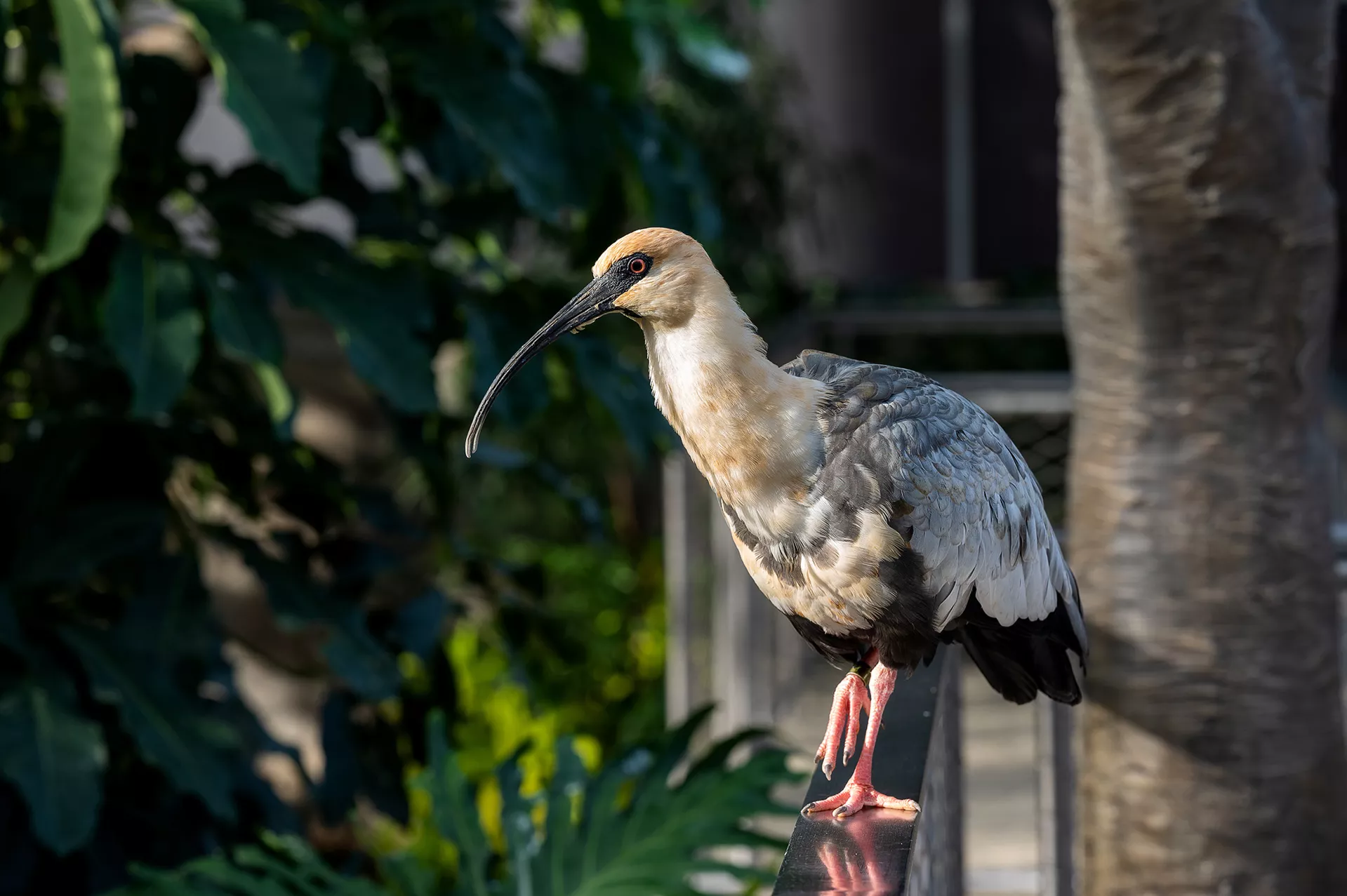
The Black-faced Ibis is found throughout open fields and meadows in southern South America. Black-faced Ibises are sociable birds, often nesting in colonies of up to 50 pairs, and sometimes…
Read More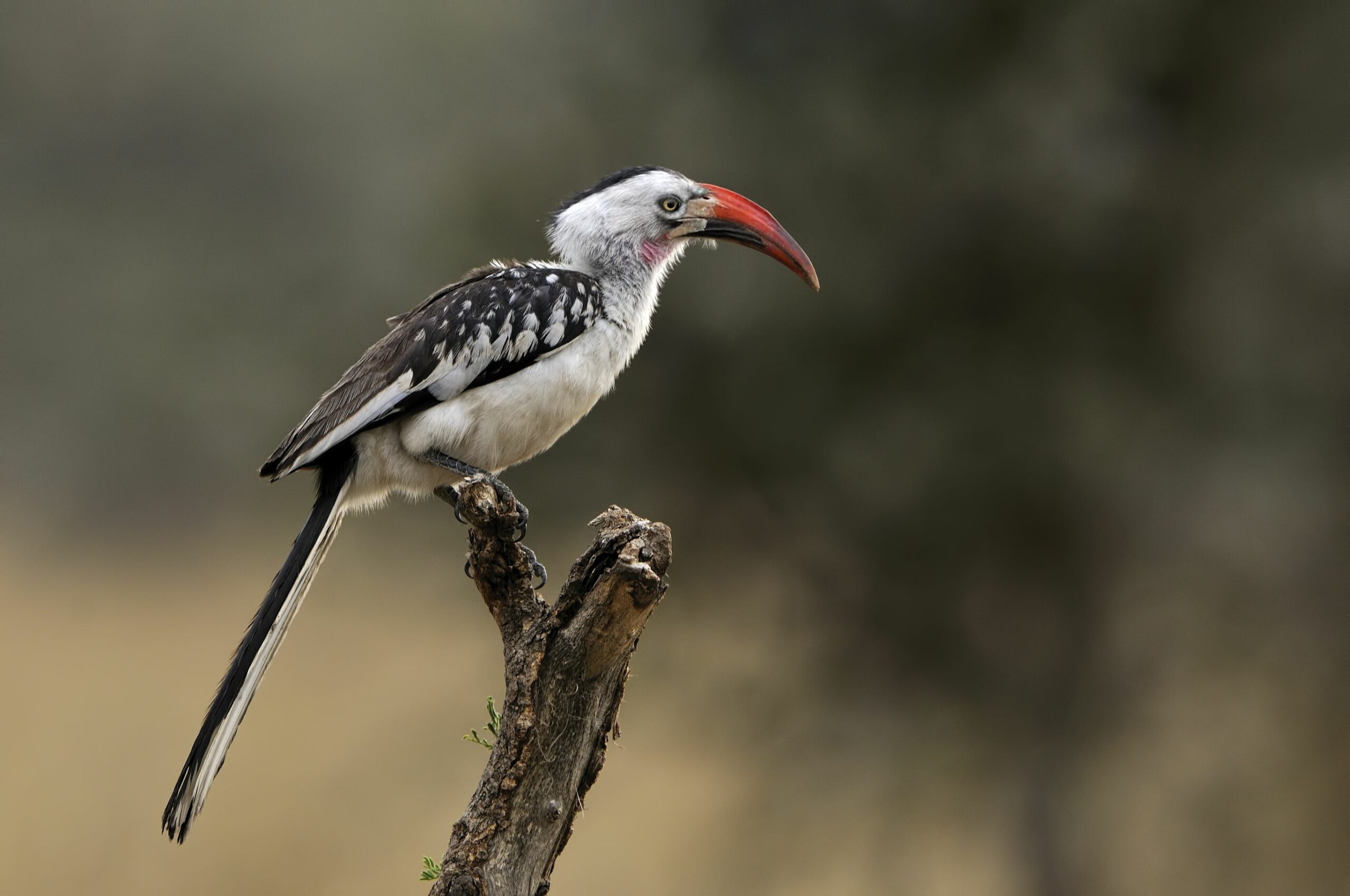
Made internationally famous as the result of the animated character, Zazu, in Disney’s The Lion King, the Red-billed Hornbill is a bird of open savannas and woodlands, and dry thorn-scrub…
Read More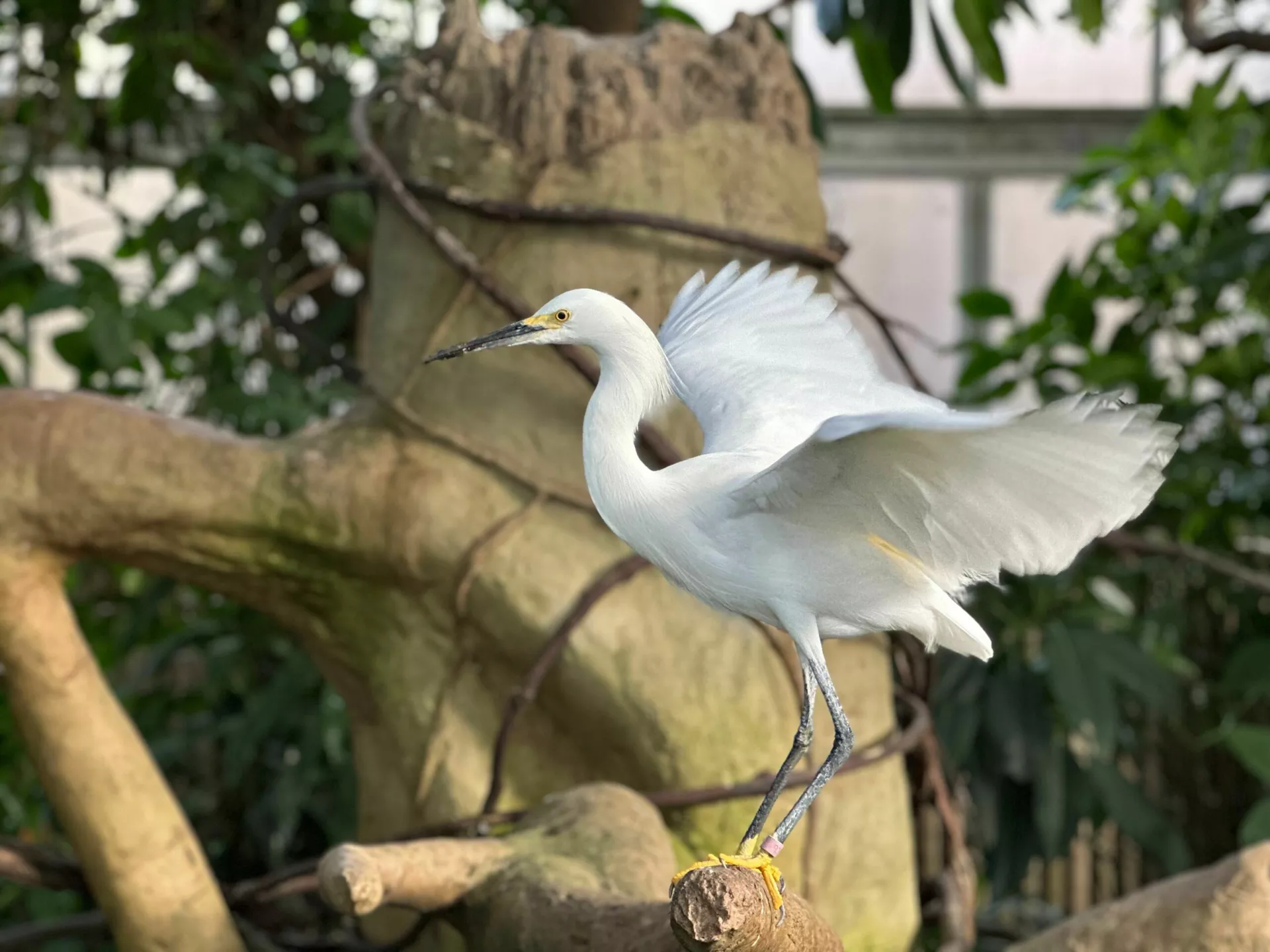
Snowy Egrets are strikingly beautiful birds, with pure white plumage and graceful and elaborate courtship displays. The feathers of the Snowy Egret were highly sought after for fashion, primarily for…
Read More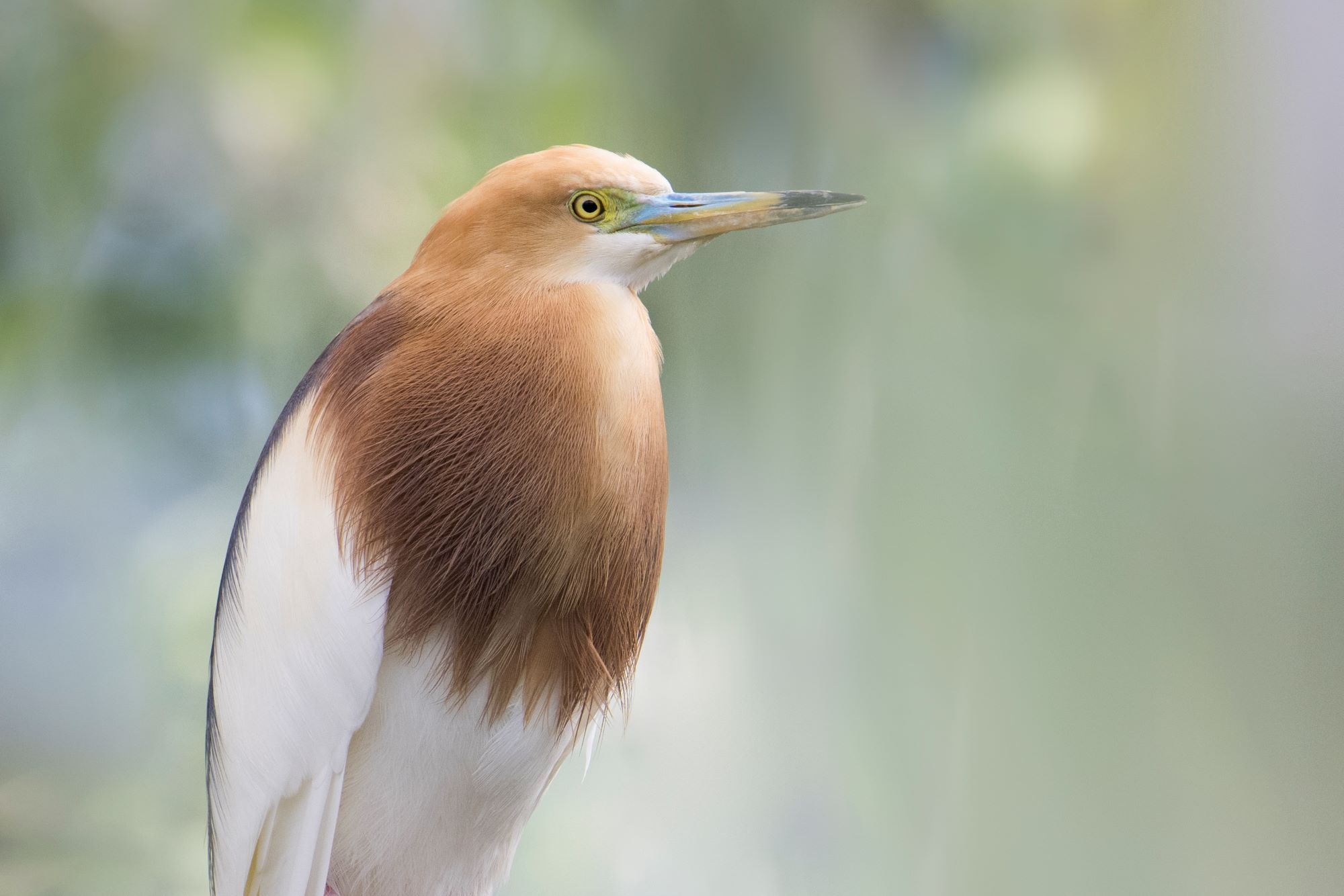
The Javan Pond-Heron is a wading bird found in Southeast Asia. Described as “stout,” this heron is sometimes mistaken for an egret with similar plumage. It inhabits swamps, marshes, and…
Read More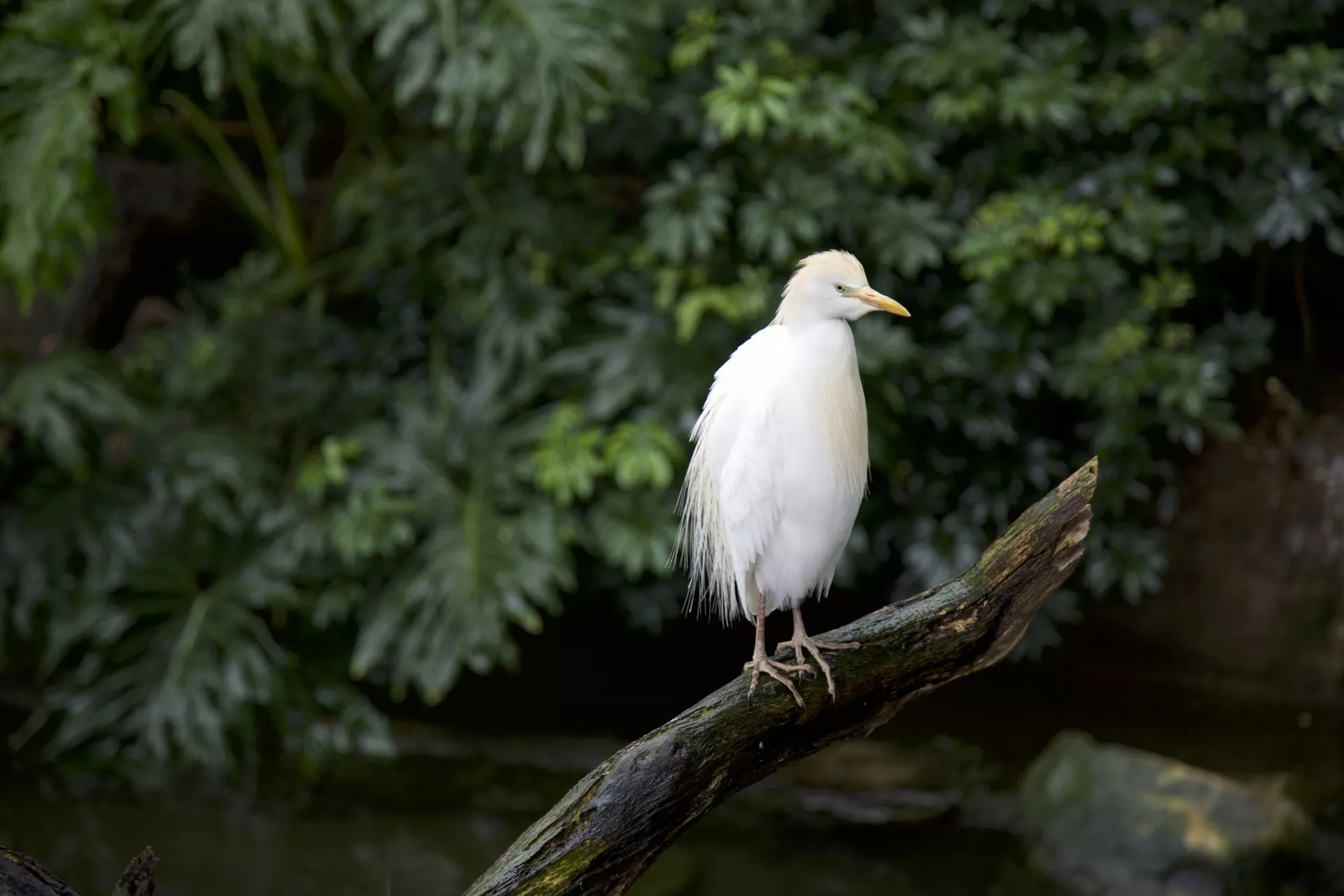
A smaller egret, the Eastern Cattle Egret is named for its habit of stalking insects and other small prey disturbed by herds of cattle moving through and grazing in grassland…
Read More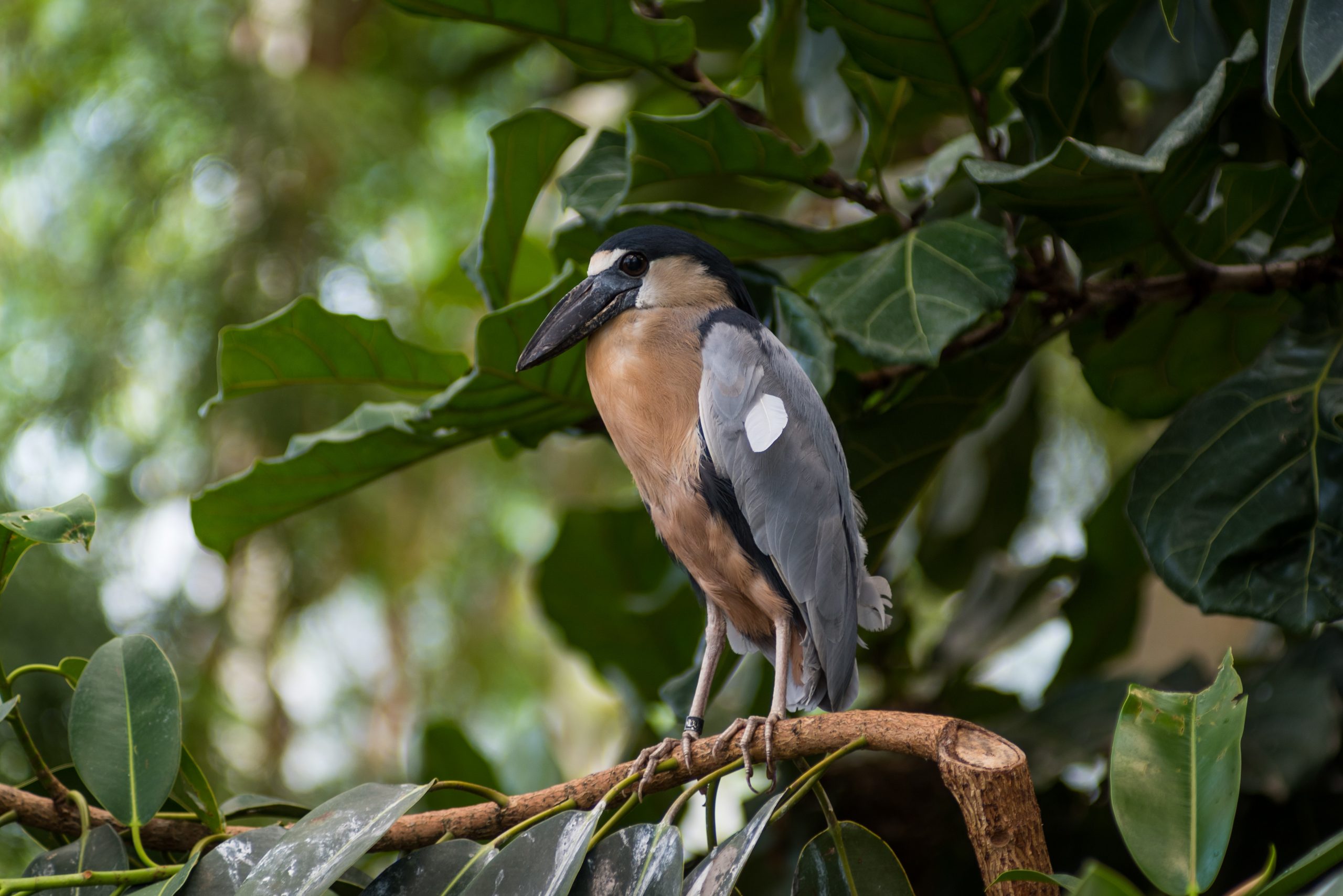
Boat-billed Herons have shorter legs and squatter bodies than most herons, but their distinguishing feature is their very large and broad bill and huge, dark eyes. The eyes are an…
Read More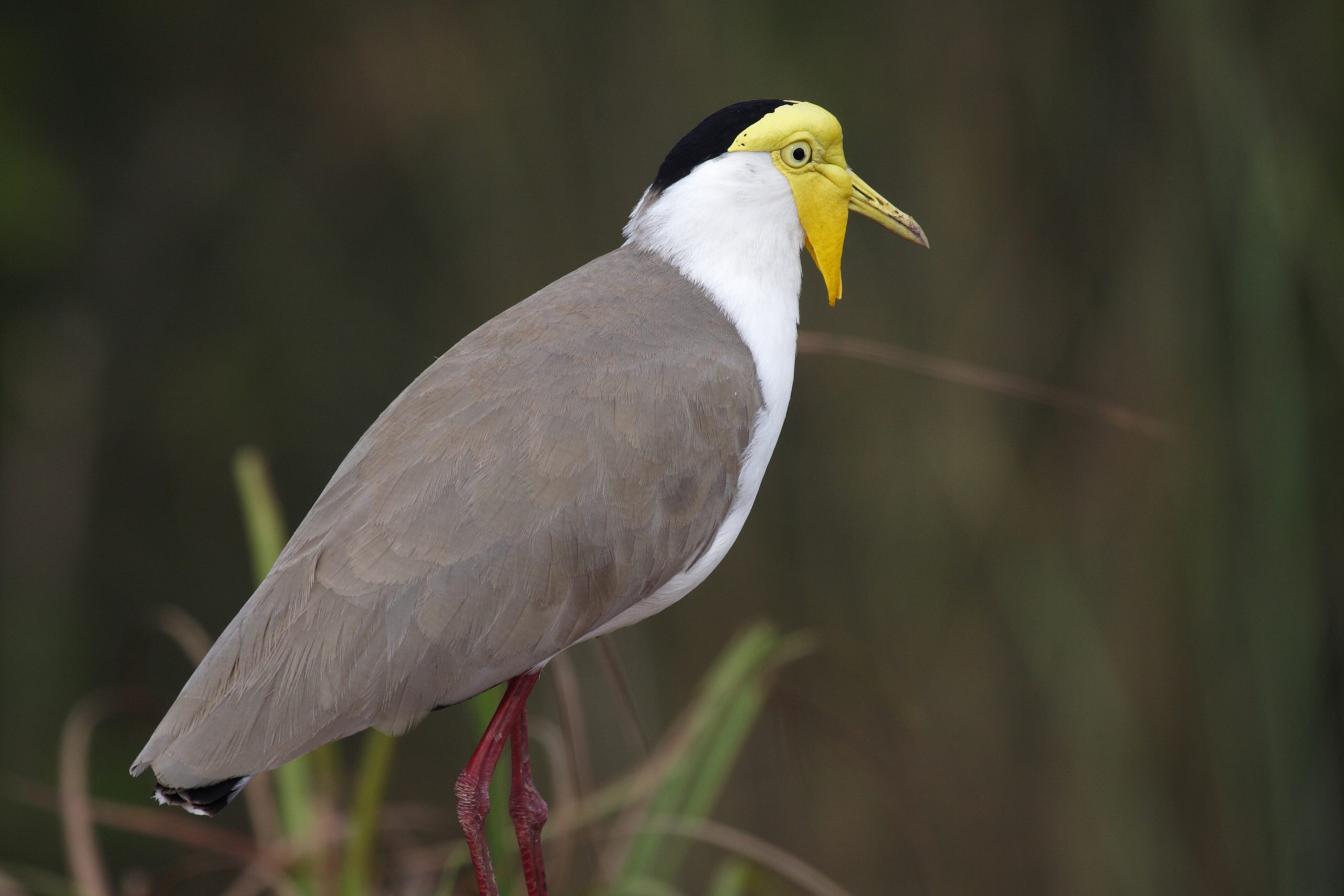
The Masked Lapwing is also known as the Spur-winged Plover because of a unique feature: each of its wings has a yellow spur at the “elbow” (carpal joint) used to…
Read More
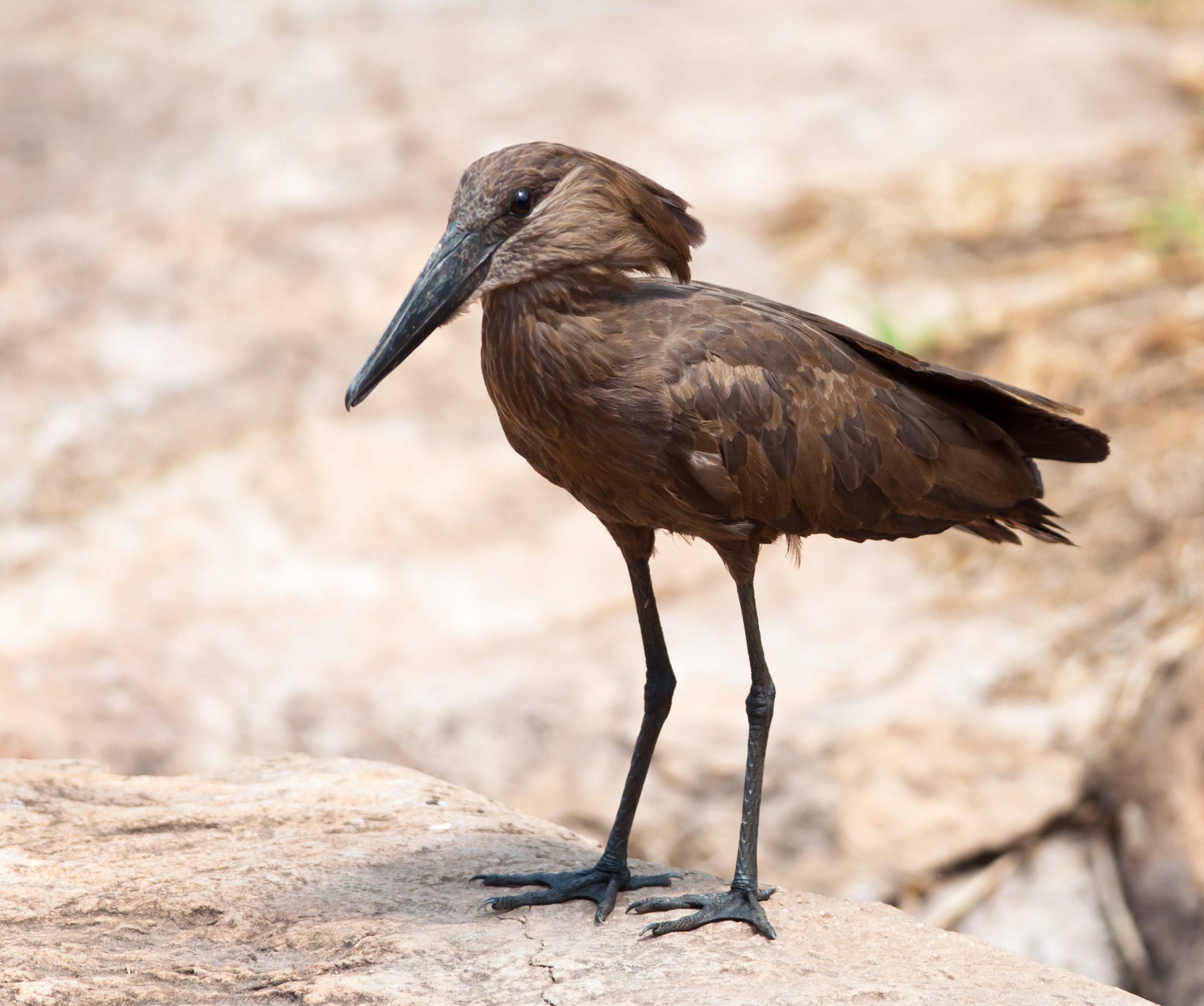
 Previous Posts
Previous Posts